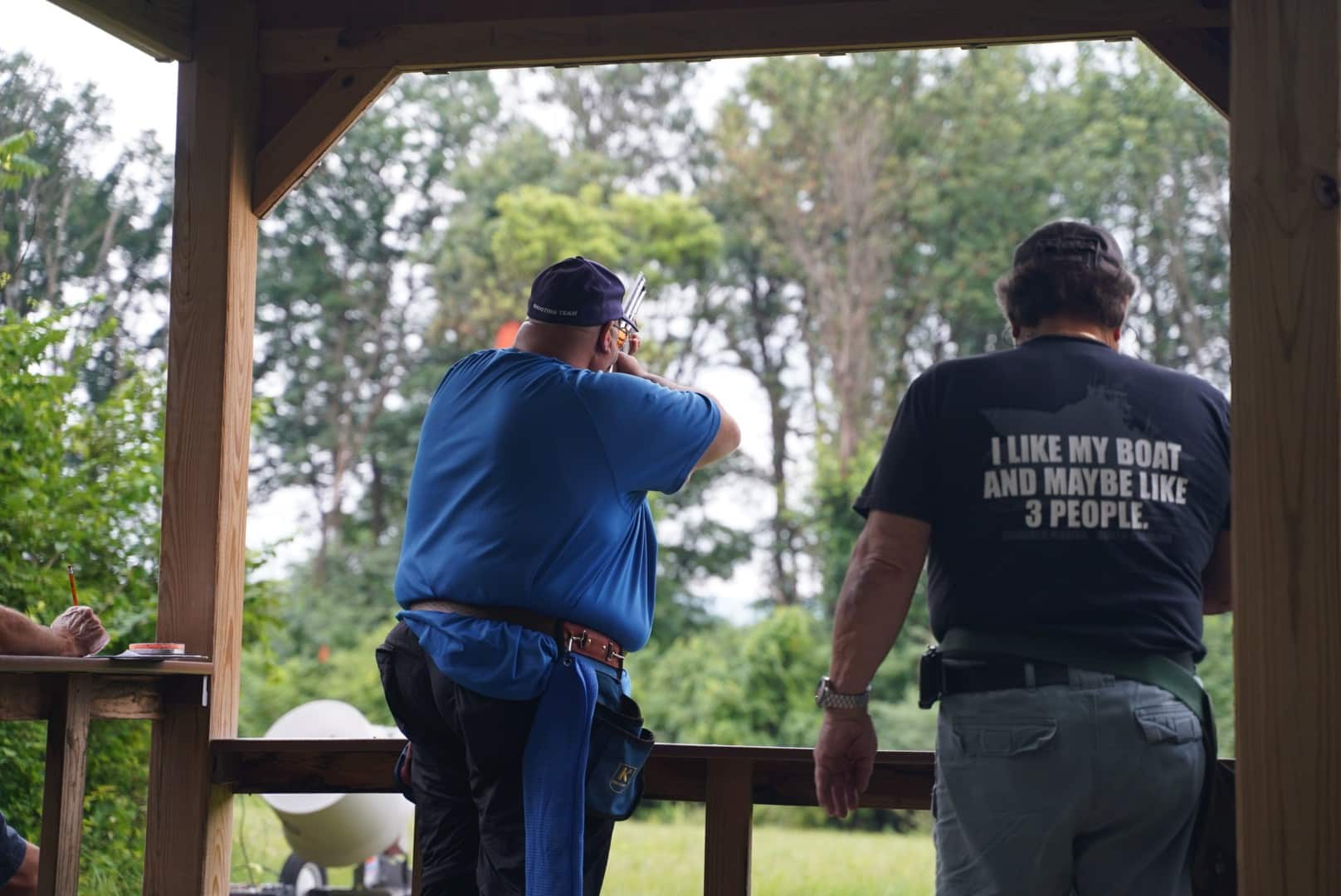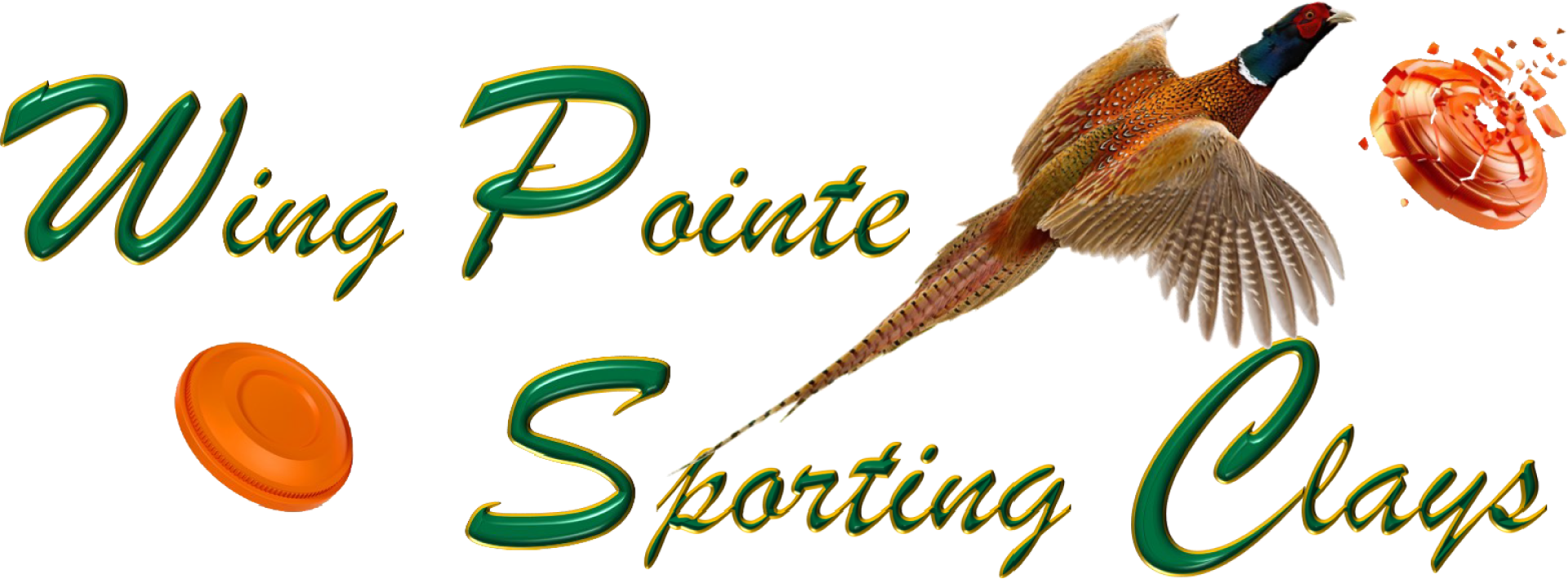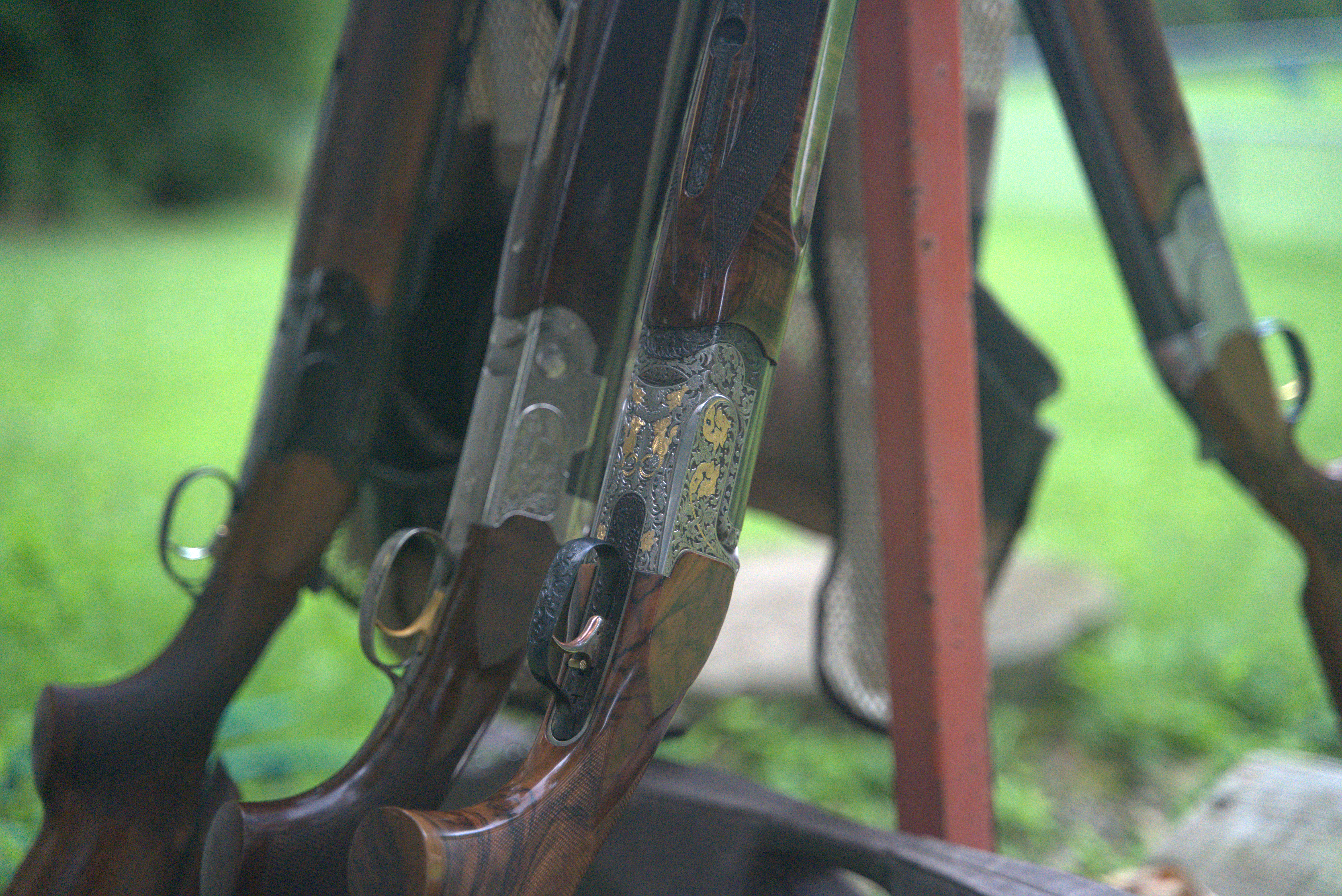
Choosing the perfect shotgun for clay sports can feel overwhelming for both beginners and experienced shooters. Clay shooting sports like skeet and sporting clays each demand different shotgun characteristics to achieve peak performance.
This guide breaks down the essential factors that matter most when selecting a shotgun, from gauge options and choke tubes to stock fit and recoil management
Understanding Shotgun Types for Clay Sports
Shotgun selection starts with understanding the three main firearm types used in clay shooting sports.
Semi-automatic shotguns fire rapidly and reload automatically after each shot, making them popular for sporting clays where targets appear quickly from different angles.
Over-and-under shotguns feature two barrels stacked vertically, allowing shooters to use different chokes and ammunition for varying target distances in trap shooting and skeet shooting.
Side-by-side shotguns place two barrels horizontally next to each other and offer excellent balance for traditional clay sports like pigeon shooting.
Each shotgun type serves specific clay target disciplines better than others. Semi-automatics excel in sporting clays because their fast cycling helps shooters engage multiple targets in rapid succession.
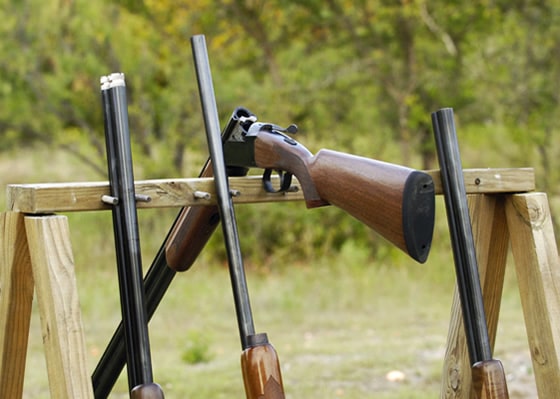
Key Factors to Consider When Choosing a Shotgun
Choosing the right shotgun for clay sports requires careful evaluation of several critical factors. Each shooter must assess their specific needs and preferences to find the perfect firearm for their clay shooting activities.
- Gauge selection determines power and recoil levels. Most clay shooters prefer 12-gauge for maximum power, while 20-gauge offers less recoil for smaller-framed shooters.
- Barrel length influences swing dynamics and accuracy. Longer barrels between 28-32 inches provide smoother swings for trap shooting and better accuracy on distant clay targets.
- Stock fit ensures proper gun mounting and comfort. A properly fitted stock reduces felt recoil and improves shooting consistency across all clay sports disciplines.
- Choke tube compatibility allows versatility. Interchangeable choke tubes let shooters adapt their firearm for different clay shooting sports and target distances.
- Weight distribution affects gun handling characteristics. Heavier shotguns reduce felt recoil but may cause fatigue during long shooting sessions at sporting clays events.
- Trigger quality impacts shot timing and accuracy. Crisp, consistent triggers help shooters break clay targets more effectively in trap shooting and skeet shooting competitions.
Budget Considerations
After evaluating these key factors, shooters need to establish a realistic budget for their clay shooting firearm.
Entry-level shotguns suitable for trap shooting and skeet shooting typically range from $300 to $800, while mid-range options cost between $800 and $2,000. Premium shotguns for sporting clays and competitive shooting can exceed $3,000, with some high-end models reaching $10,000 or more.
For those not ready to invest in a personal firearm, shotgun rentals offer an affordable way to participate in clay sports without a large upfront cost. At Wing Pointe, shooters can rent a shotgun for just $15, making it easy for beginners to try different shotgun types before committing to a purchase.
Conclusion
Selecting the perfect shotgun for clay sports becomes much easier with proper research and hands-on experience. Shooters should prioritize fit, gauge, and choke options that match their specific clay shooting discipline.
Testing different firearms at local ranges helps identify the best match for individual needs and shooting style. Budget considerations matter, but investing in quality equipment pays off through improved performance and enjoyment.
The right shotgun transforms clay shooting from a challenging hobby into an exciting and rewarding sporting pursuit.
Recent Posts
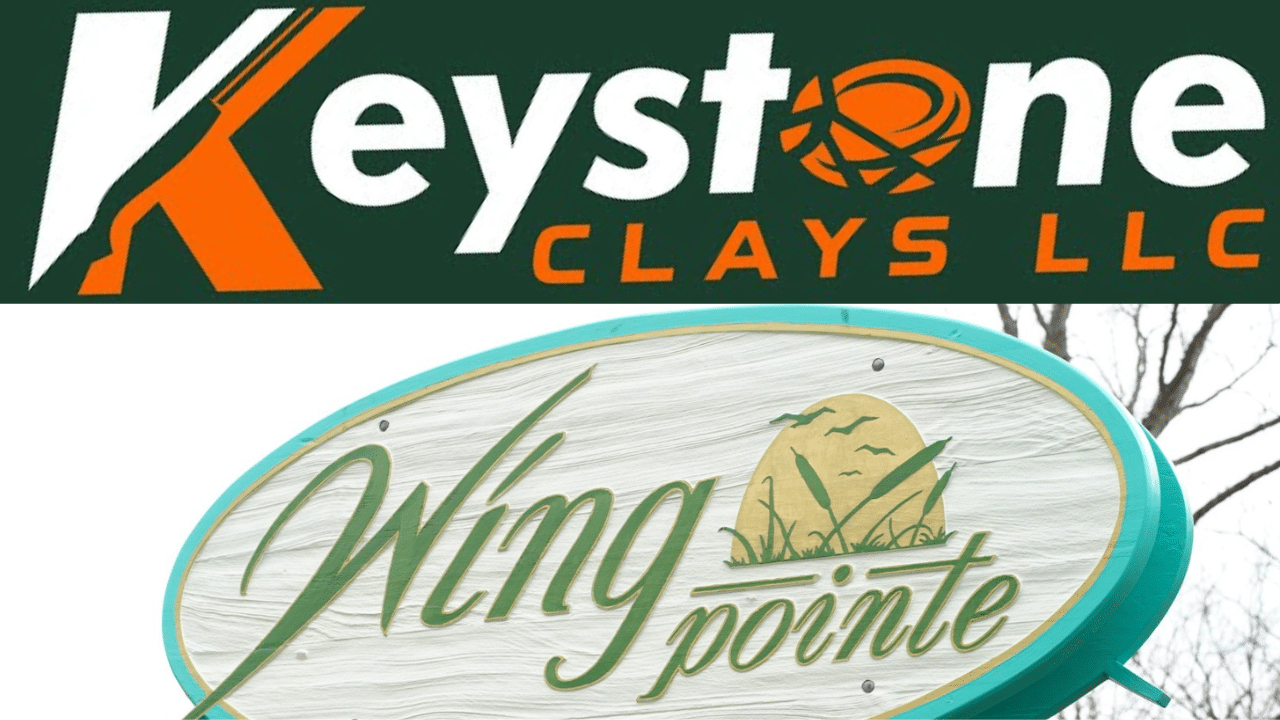
The Reopening of Keystone Clays as Wing Pointe Sporting Clays
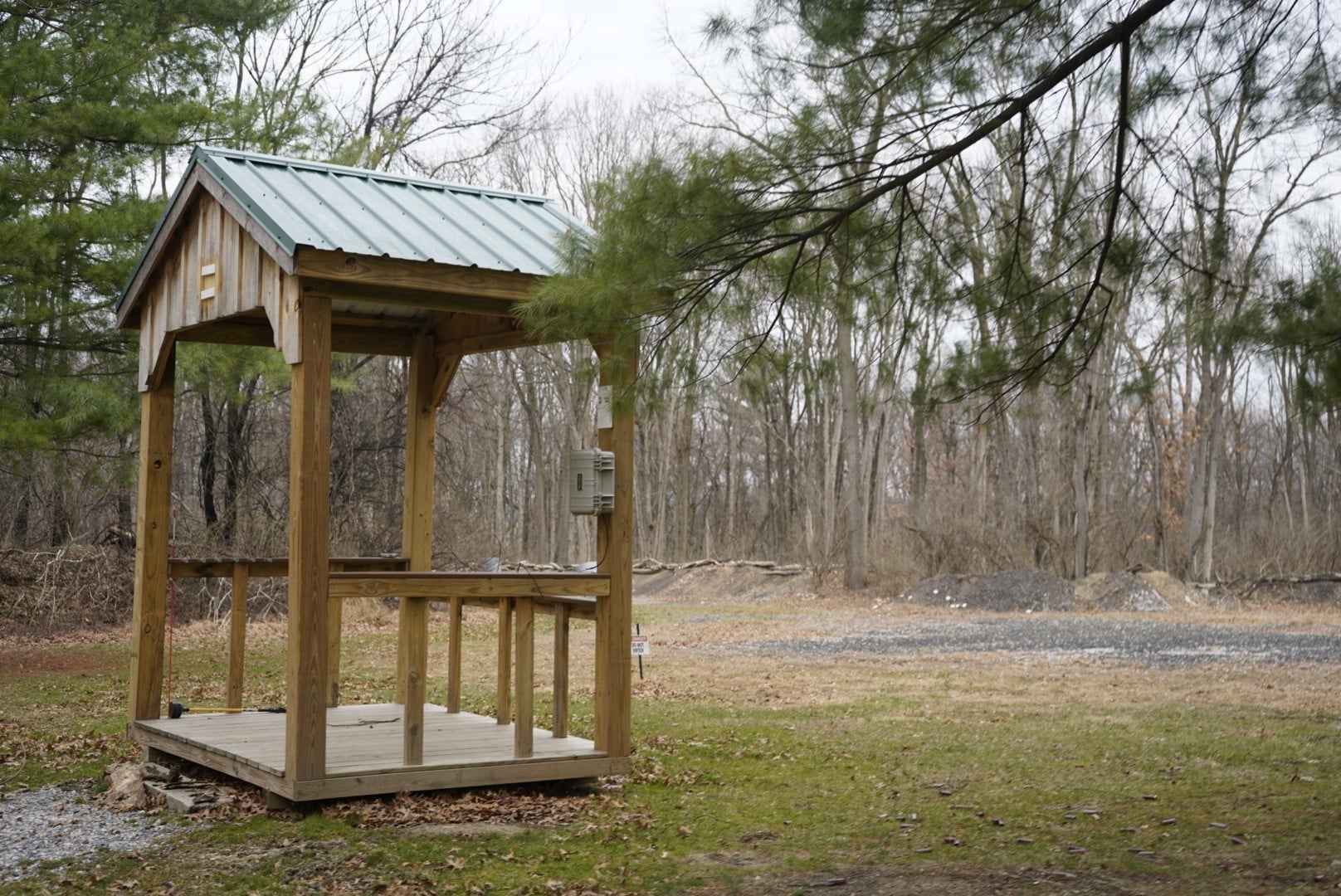
How to Prepare for Your First Time Shooting Clays
